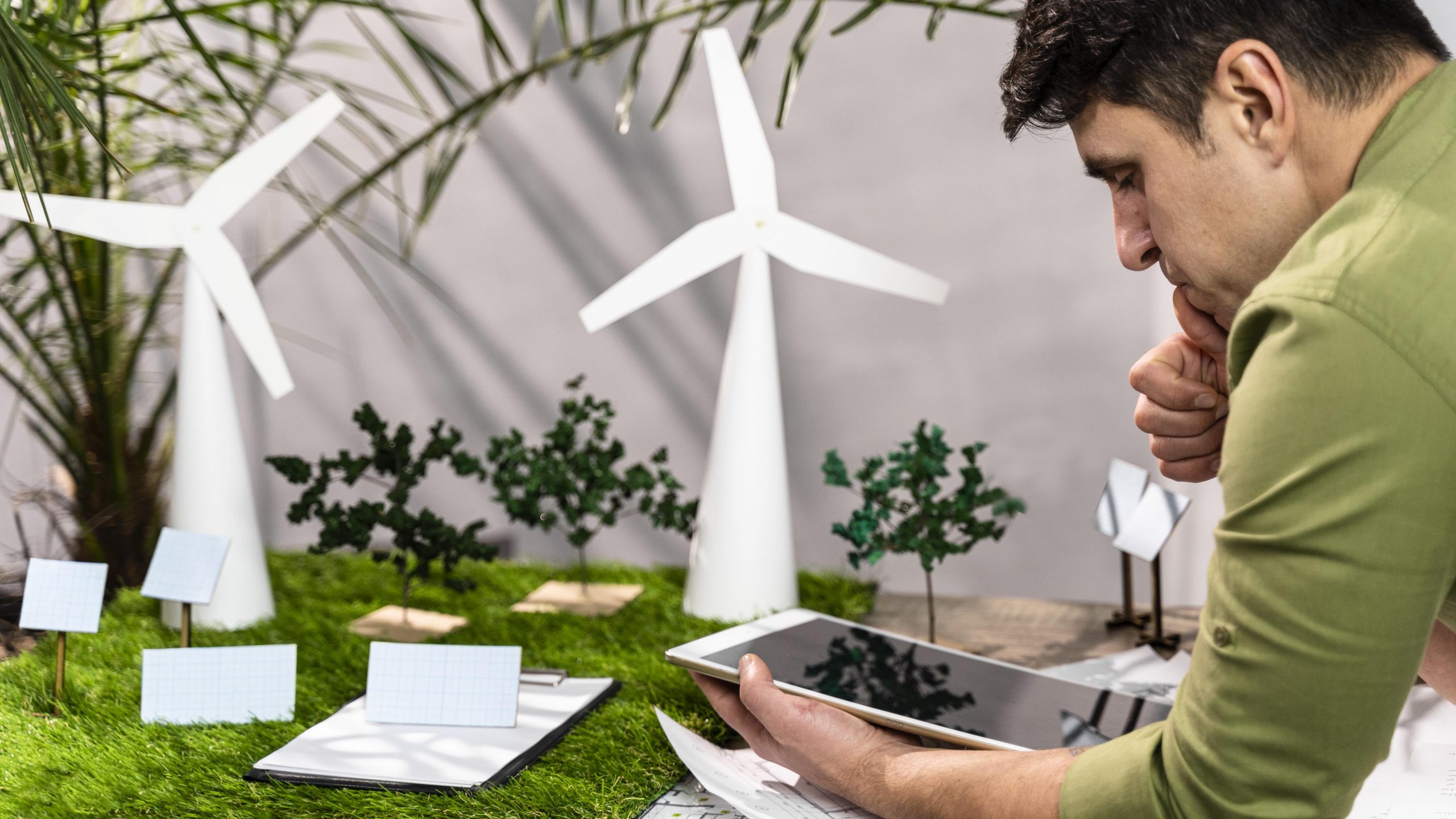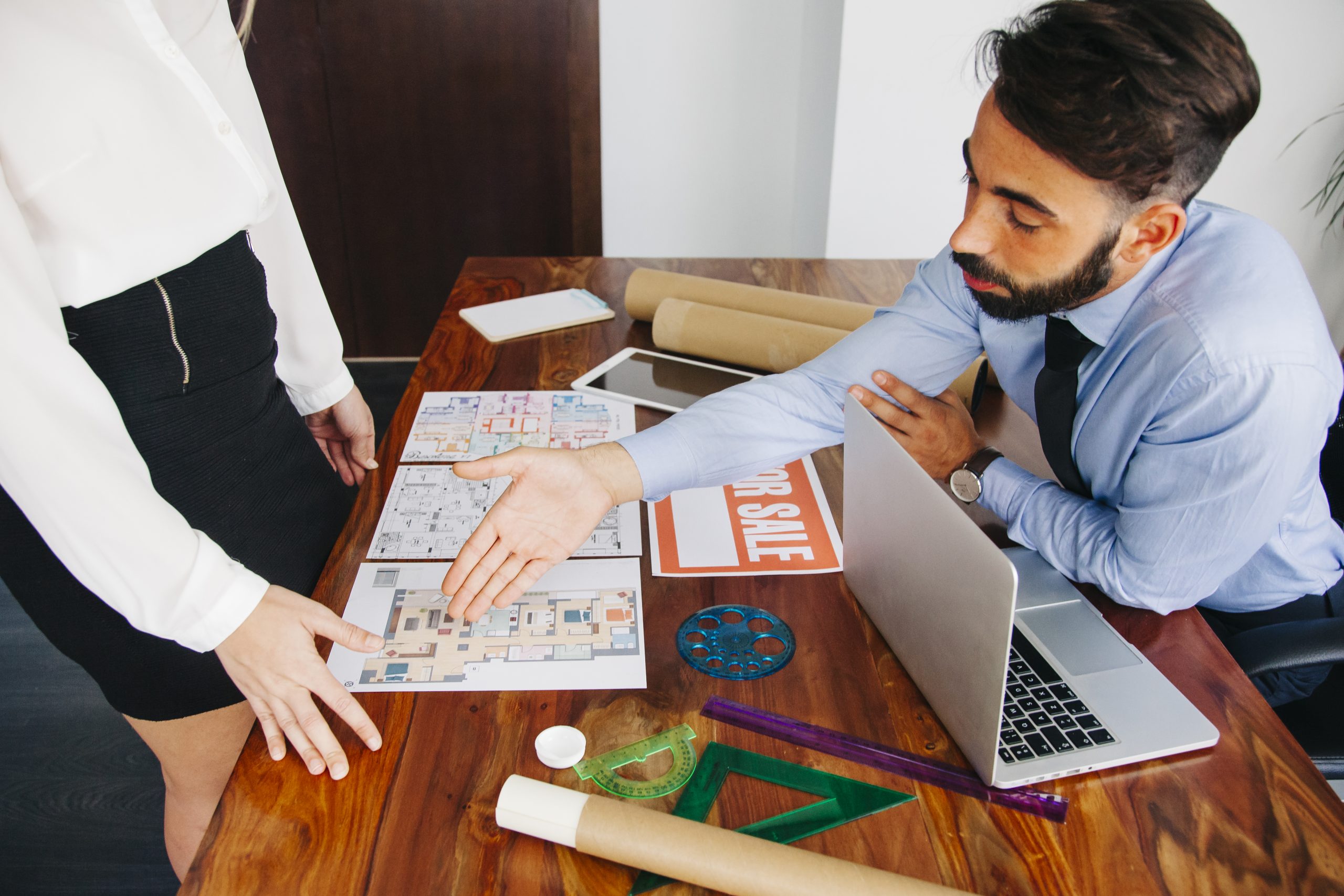Sustainable building practices focus on minimizing the environmental impact of construction while promoting energy efficiency, resource conservation, and long-term sustainability. With the global push toward reducing carbon footprints and conserving natural resources, adopting green building practices is more important than ever. In this article, we explore the key elements of sustainable building practices and how they contribute to a better future.
1. Energy Efficiency in Design
One of the most effective ways to reduce the environmental impact of a building is by incorporating energy-efficient designs. By minimizing energy consumption, we can lower utility costs and reduce carbon emissions.
- Passive Design: Passive design strategies focus on optimizing natural light, ventilation, and insulation to reduce the need for artificial heating, cooling, and lighting. Proper orientation and the use of high-performance windows can significantly improve a building’s energy efficiency.
- Energy-Efficient Systems: Integrating energy-efficient HVAC (heating, ventilation, and air conditioning) systems, appliances, and lighting can further reduce a building’s energy use. Solar panels and wind turbines are also excellent renewable energy sources to consider.
2. Use of Sustainable Materials
Choosing materials with low environmental impact is essential in green building practices. Sustainable materials are durable, renewable, and responsibly sourced, and they help reduce a building’s overall carbon footprint.
- Recycled and Reclaimed Materials: Using recycled steel, glass, and wood can minimize the demand for new raw materials and reduce waste. Reclaimed materials not only provide environmental benefits but also add character and uniqueness to the design.
- Low-Impact Finishes: Non-toxic paints, finishes, and adhesives help reduce indoor air pollution and contribute to healthier living environments. These materials are less harmful to the environment during their production and use.
3. Water Conservation and Management
Water is a precious resource, and conserving it during construction and throughout a building’s life cycle is crucial. Sustainable buildings are designed to reduce water consumption and ensure efficient water management.
- Water-Efficient Fixtures: Installing low-flow faucets, toilets, and showerheads can significantly reduce water usage in both residential and commercial buildings. Greywater recycling systems, which repurpose water from sinks and showers, can further conserve water.
- Rainwater Harvesting: Capturing and storing rainwater for irrigation, toilet flushing, or other non-potable uses is a smart strategy for reducing dependence on municipal water supplies and conserving resources.
4. Sustainable Site Development
The way a building is situated on the site and its impact on the surrounding environment plays a key role in sustainability. Sustainable site development minimizes the disruption of natural habitats and encourages ecological balance.
- Minimize Site Disturbance: Reduce the amount of land disturbed during construction by carefully planning site layouts. Avoiding deforestation, minimizing soil erosion, and preserving native vegetation helps maintain biodiversity.
- Stormwater Management: Incorporating rain gardens, permeable pavements, and green roofs can help manage stormwater runoff. These strategies reduce the risk of flooding and pollution while promoting a healthier ecosystem.
5. Green Roofing and Landscaping
Green roofs and landscaping not only contribute to a building’s aesthetic value but also provide environmental benefits, including improved insulation and reduced urban heat island effects.
- Green Roofs: Installing a green roof covered with plants can reduce energy costs, improve air quality, and enhance the building’s insulation. Green roofs also help manage stormwater and provide habitat for wildlife.
- Native Landscaping: Landscaping with native plants requires fewer resources, such as water and fertilizers, and supports local ecosystems. These plants are more resilient to local climate conditions, reducing the need for maintenance.
6. Indoor Air Quality (IAQ)
Good indoor air quality is essential for the health and well-being of building occupants. Sustainable buildings prioritize IAQ by using non-toxic materials, improving ventilation, and minimizing pollutants.
- Ventilation Systems: Proper ventilation helps remove indoor air pollutants and ensures a constant supply of fresh air. Mechanical ventilation systems, such as energy recovery ventilators (ERVs), can improve air quality while reducing energy consumption.
- Non-Toxic Materials: Using materials free of volatile organic compounds (VOCs) and formaldehyde ensures that the air inside the building remains clean and healthy.
7. Building Performance Monitoring
To ensure that a sustainable building continues to perform optimally, it’s important to monitor its performance throughout its life cycle. Building performance monitoring allows for ongoing energy management and early identification of inefficiencies.
- Smart Building Technologies: Implementing smart building technologies, such as energy monitoring systems and automated controls, helps optimize the building’s energy use in real time.
- Continuous Improvement: Regularly assess building performance through energy audits and maintenance reviews. Make adjustments as necessary to improve efficiency and reduce environmental impact over time.
Conclusion
Sustainable building practices not only contribute to environmental conservation but also offer long-term economic benefits through reduced operating costs, increased property value, and improved occupant health. By prioritizing energy efficiency, sustainable materials, water conservation, and responsible site development, we can create buildings that are both environmentally friendly and future-ready. As the demand for eco-conscious construction grows, adopting these practices will be essential for building a sustainable future.


